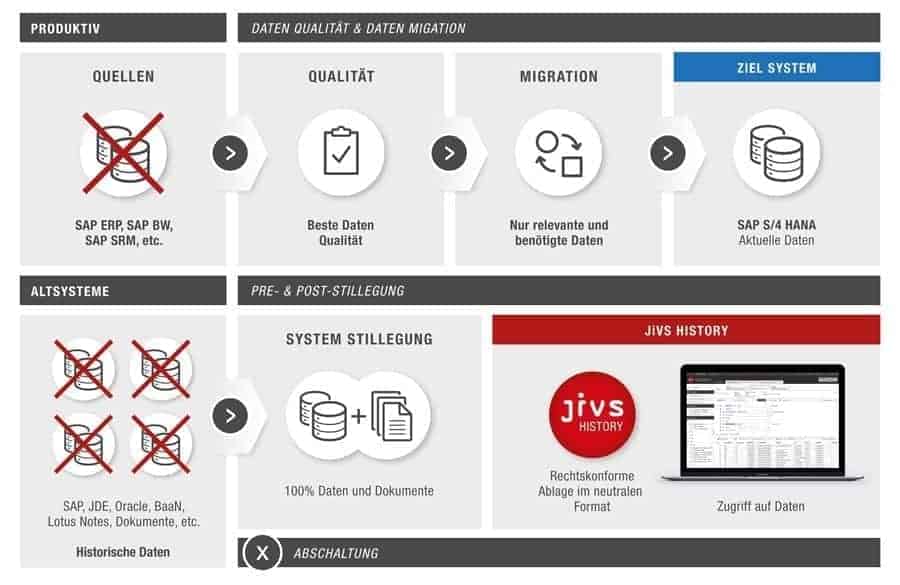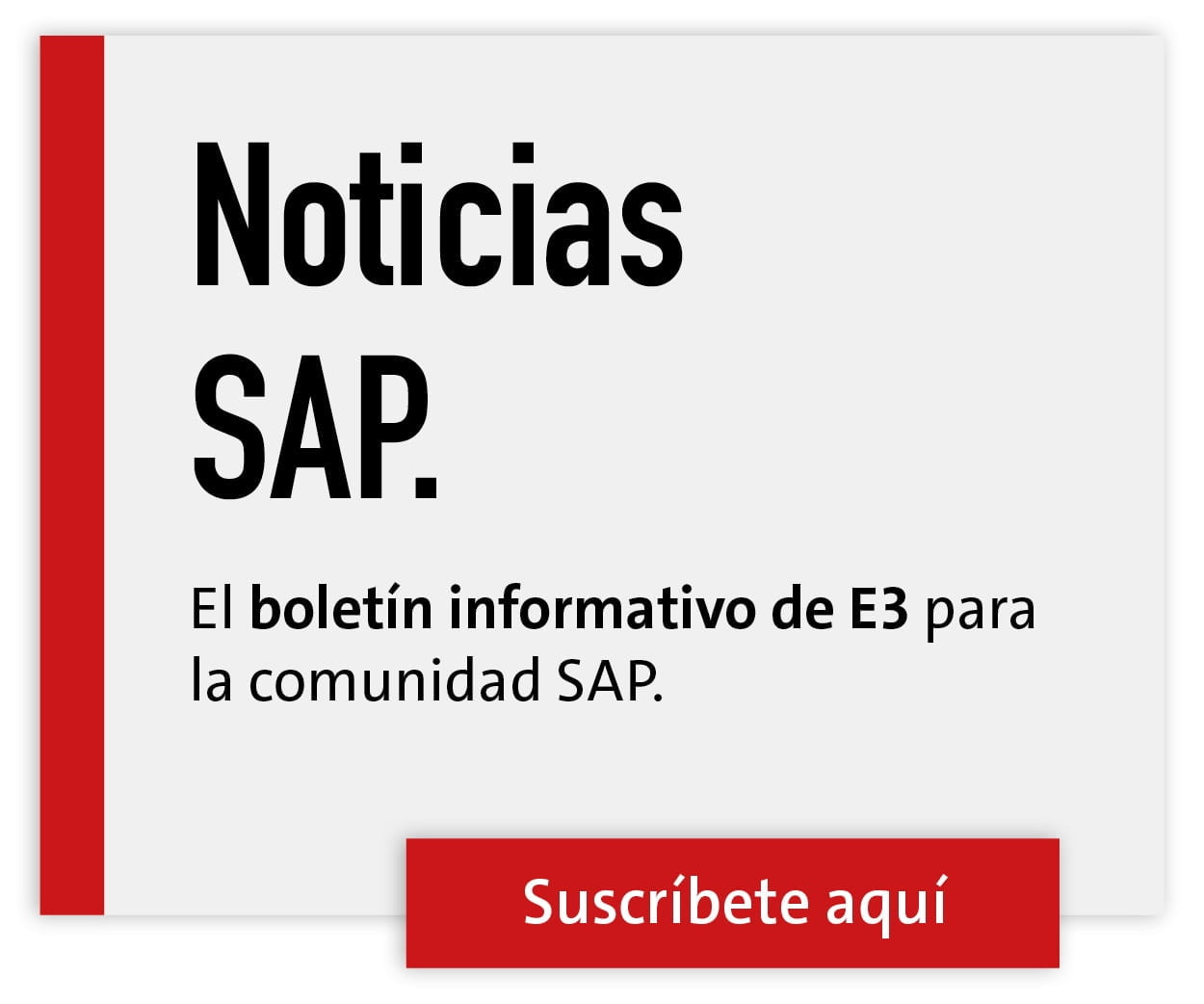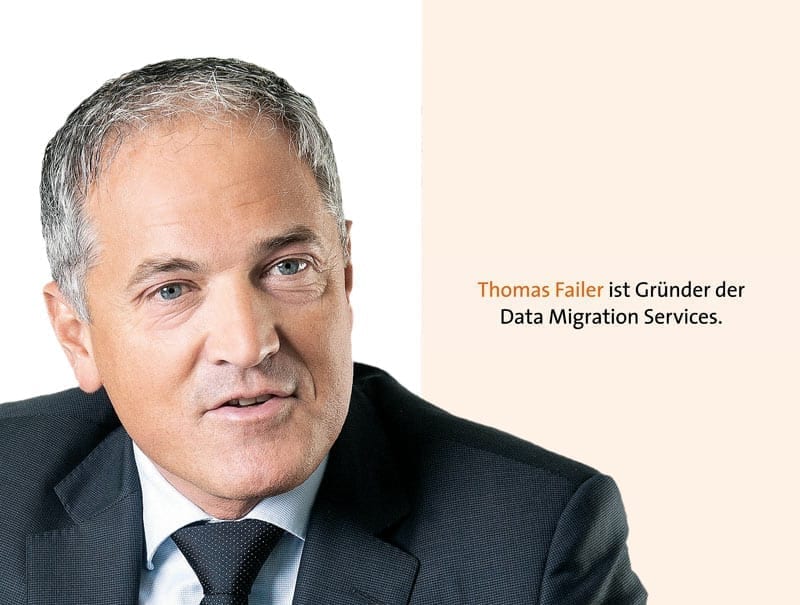Beyond green fields and brown fallows


The switch to S/4 Hana is gaining momentum. Despite all the teething problems with the market launch and ongoing criticism, an online survey of 500 decision-makers conducted by DSAG in the early summer of this year shows:
Almost 64 percent of the companies surveyed are now investing in S/4 Hana in the cloud and on-premise variants. By 2020, one-third of SAP's existing customers will switch to the new software generation from Walldorf, and another 20 percent are already planning migration for the period after 2020.
The wrong question: green or brown?
With S/4, it is no longer a question of whether, but how. In this context, the two basic migration paths and their advantages and disadvantages are discussed again and again: Greenfield and Brownfield.
While the greenfield approach requires a new implementation, remediation of the - according to the dictionary - brown "legacy" promises investment protection for the usually extensive and costly customizations of SAP systems by existing customers.
However, the calculations for both variants are not clean. In either case, companies have to make additional investments in S/4; after all, they have to purchase new licenses and buy expensive hardware or take out subscriptions.
Although the volume of data from the legacy systems is reduced during the Hana migration, the demands on the working memory are disproportionately greater and the combination of classic infrastructure and archiving solutions becomes obsolete.
The migration in the company's own data center, which is preferred by the majority of existing SAP customers - whether in stages or as a one-off - is proving to be a massive cost driver.
Surveys show it again and again: Around 80 percent of the entire IT budget is consumed by pure IT operations, while only 20 percent is available for investments in innovations.
The cost of legacy systems alone often accounts for 70 percent. The ideal situation, however, would be to allocate 60 percent to IT operations and 40 percent to innovations, and to do so on a permanent basis.
It is true that, according to the DSAG survey, IT budgets grew by an average of almost five percent in 2017 compared to the previous year. But even such a significant increase will not be enough to provide IT departments with the financial resources they will need to digitize their companies and their business models.
SAP existing customers: All Colorblind?
In view of these figures, the solution is clear: The cost pool for operating legacy systems must be permanently reduced. The means of choice is called consolidation and decommissioning. Users have known this for years.
Back in 2011, Capgemini's first Application Landscape Report revealed that half of large companies expect to be able to switch off every second legacy system. And in the 2014 report, respondents said they saw this not just as an option, but as a necessity. So why aren't they acting on it?
The answer is clear. 60 percent of those surveyed by Capgemini shy away from it because of the costs involved. So existing SAP customers are not color-blind when they hesitate to take the green or brown road to S/4 Hana.
Gartner has also taken up the topic and observes vendors whose solutions enable companies to decommission legacy systems in its "Magic Quadrant for Structured Data Archiving and Application Retirement," last updated in June 2016.
The crucial point here is that Gartner does not want the corresponding solutions to be understood merely as costs. Rather, the analyst firm concludes: "Structured data archiving and application replacement can result in significant ROI."
Go over red
Standardization and automation are the prerequisites for such a solution to amortize the necessary investments in a short time and subsequently ensure permanently lower operating costs.
These are precisely the characteristics of the JiVS solution from Swiss Data Migration Services AG. These properties are the result of a large number of projects for data migration and decommissioning of legacy systems.
In practice, JiVS has proven to reduce operating costs by 80 to 90 percent after decommissioning the legacy systems. With the remaining 10 to 20 percent, the legacy data to be retained for compliance reasons, including SAP business logic, can continue to be used.
Archiving and further use are possible at the push of a button: Data Migration Services calls this data historization or application retirement. JiVS is a Java-based platform and represents a combination of standard technology, applications and methods.
At the heart of the JiVS platform is the ability to detach data and business logic from the source and target systems. JiVS was developed for the conversion of IT systems and the consolidation of individual systems.
Data cleansing in particular is crucial for a successful S/4 migration. This is because existing SAP customers are embarking on the migration path in times of increasing compliance requirements.
First and foremost, there is the European General Data Protection Regulation (EU GDPR), non-compliance with which will result in severe penalties from May 2018. For this, companies must know, among other things, exactly what personal data of EU citizens they have, where they store it, for what - legitimate - purposes they process it, whether this data is correct and whether they really only store the data they need for these purposes.
In addition, they are obliged to provide information to citizens and authorities. Companies that do not clean up their data inventories are likely to have great difficulty in meeting these requirements. The JiVS platform helps companies to overcome these difficulties.

Rosa: Successful migration to S/4 Hana
A current example of a greenfield migration using JiVS is the S/4 Hana project of the mail-order pharmacy and doctors' wholesaler "Zur Rose" based in Switzerland, which includes such well-known brands as DocMorris.
With the migration to the new SAP generation, the company wanted to standardize its heterogeneous IT landscape and separate the legacy data from the current data. Furthermore, operating costs were to be permanently reduced.
Zur Rose" is supported in the project by T-Systems Data Migration Consulting, the largest JiVS partner of Data Migration Services. With the help of the JiVS data platform, the data volume was reduced by around 30 percent.
The current data was migrated to S/4 Hana, and all data is archived in JiVS History. Zur Rose" can continue to access the historicized data at any time and evaluate it in the future for management decisions or for compliance purposes.
The customer benefit here:
"We're solving two big problems at once".
says Ricardo Nebot, CIO, Zur Rose Group.
"For us, the crucial point was to achieve the cleansed transfer of data from the legacy systems to the new SAP and, at the same time, archiving in compliance with the law."
Conclusion
SAP's existing customers are in a dilemma: the majority of them want to implement S/4 Hana, but they don't know how to pay for it. Neither the greenfield nor the brownfield approach leads out of this impasse.
On the other hand, those who shut down their legacy systems with JiVS or drastically reduce the data volume of the existing operational SAP systems with JiVS create the necessary free space for the new generation of SAP software.







